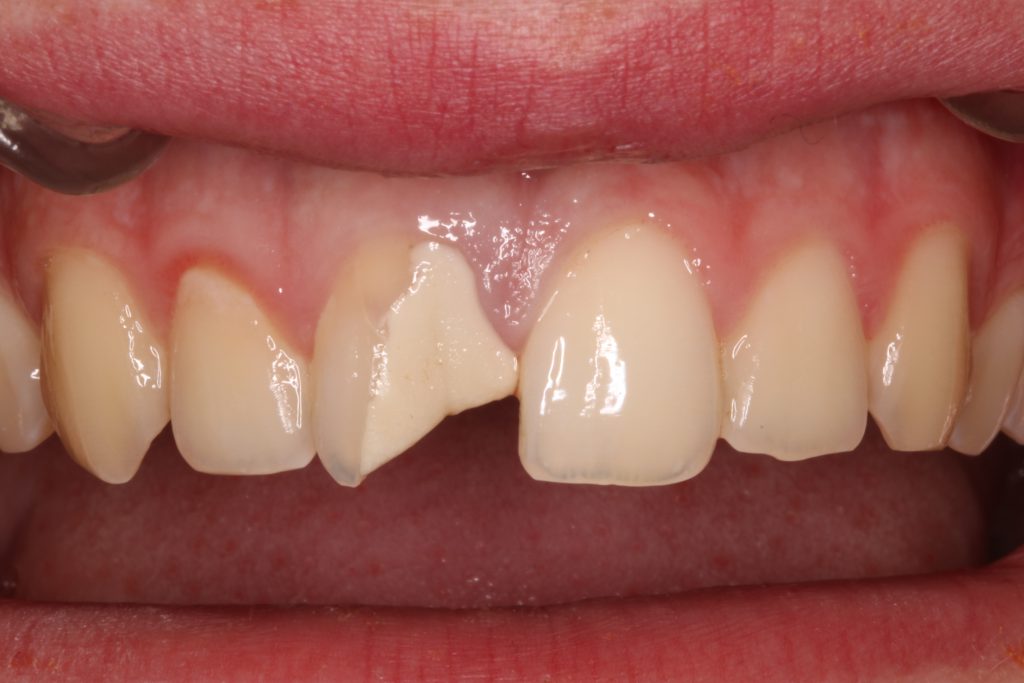Contact Sport & Dental Trauma

When participating in any sporting activity, it is critical to analyse the hazards.
To avoid dental injuries, every athlete participating in contact sports should consider using a mouth guard.
Some sports obviously carry greater hazards than others, but maintaining our teeth on a daily basis is just as vital as avoiding injury.
To determine whether your sport is deemed high risk, look at the following categories of sports.
Low-velocity, non-contact sports
These sports and activities pose the least risk since they often involve individuals performing separately at a respectable speed without making physical contact.
Golf, Nordic skiing, weight lifting, running, and swimming are among examples.
High-velocity, non-contact sports
Those in which athletes move at a high rate of speed while avoiding contact with other competitors.
Even if there is no physical touch, accidents can occur when travelling at fast speeds.
Bicycling, motocross, skateboarding, skiing, and snowboarding are among examples.
Contact sports and activities
These feature frequent body-to-body contact or body-to-equipment (e.g., a ball, glove, etc.) contact, as the name implies.
Basketball, soccer, lacrosse, baseball, and softball are among examples.
Collision sports and activities
Those in which violent, forceful body-to-body or body-to-equipment contact is a key goal.
Football, ice hockey, rugby, and boxing are among examples.
Participants are more likely to sustain an oral-facial and/or head injury if they do not wear the appropriate protective head and mouth gear.
We see a lot of patients at Balham Dental Studio who have been in an accident while participating in sports, resulting in face fractures, tooth fractures, and other injuries that cause delayed dental problems and require sophisticated dental treatment in the future.
The good news is that all of them may be avoided by wearing a dental mouth guard. Mouth guards that are custom-made to fit your mouth drastically reduce the risk of dental injuries.
Mouth guards that are sold in high-street sporting goods stores are not custom-made to fit you, there are gaps between the guard and your teeth, resulting in inadequate protection.
Wearing a mouth guard not only helps to distribute and absorb the power of contact, but it also helps to alleviate concerns among parents and caregivers.
Every year, more than 600,000 sports-related oral injuries occur.
The mouthguard protects you against the following face injuries:
- Mouth-to-Mouth Impact
A mouthguard can assist prevent injuries to the jaws and teeth, much as it helps protect soft tissue lacerations. Chipped teeth, cracked teeth, broken teeth, and teeth that are partially or completely knocked out of their natural position are all examples of this. - Trauma to the TMJ (jaw joint).By cushioning the jaws against impact injury, a properly fitted mouthguard can lower the risk of jaw displacement and joint fractures.
- Jaw Impact Direct When a person’s jaw is directly hit, wearing a mouthguard can assist prevent more serious dental and jaw injuries. This is especially true for those who have been diagnosed with TMJ.
- A custom-fit, professionally produced mouthguard protects the soft tissues of the cheeks, lips, gums, and tongue against lacerations caused by a blow or unexpected jolt by covering the sharp surfaces of the teeth.
- A fractured jaw. A professionally produced, custom-fit mouthguard absorbs and distributes impact forces so that jaws are not damaged.
- Under Chin’s Influence
Receiving a blow beneath the chin can obviously harm teeth, but it can also harm the jaw, as well as inflame or cause TMJ problems.
Please look at one the cases below that a patient sustained due to contact sport and the methods Dr Rouba Sbano here at Balham Dental Studio has used to restore function and aesthetic appearance.

